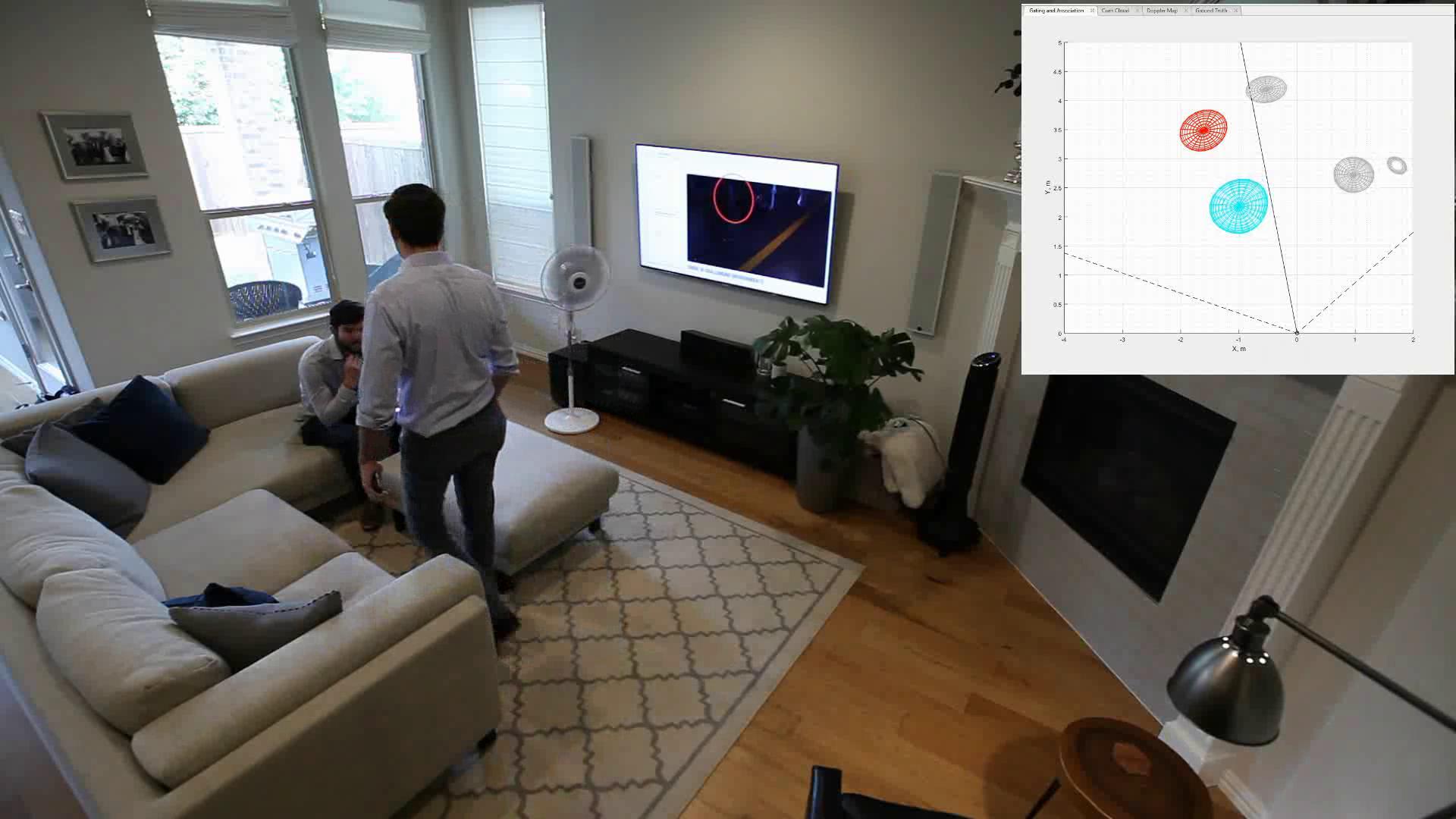SSZT591 november 2018 IWR6843
Industrial designers are eager to use millimeter-wave (mmWave) sensors, given their ability to accurately sense the range, velocity and angle of objects in a scene. As cities, buildings and factories have become more intelligent, they need to have more accurate and intelligent sensing capabilities. The open 60-GHz radio-frequency (RF) band enables more uses of mmWave technology while delivering the high resolution needed for industrial environments.
Historically, mmWave sensors have used the 24- and 77-GHz radio bands. The 77-GHz band is common in automotive applications but has restrictions in most global regions for industrial factory, building and city infrastructure applications, including those that require human/machine interaction.
In addition, spectrum regulations and standards developed by the European Telecommunications Standards Institute and Federal Communications Commission prohibit new products from using the 24-GHz ultrawide band as of September 2018. All existing products using the 24-GHz ultrawide band must be phased out by the year 2022. These regulatory changes directly impact a sensor’s range resolution, robustness and accuracy, as the available bandwidth on the 24-GHz band is reduced to only 250 MHz. Figure 1 compares the bandwidth available in the 24-GHz narrowband and 60-GHz band.
 Figure 1 Comparison between the 24-GHz
Narrowband and 60-GHz Ultrawide Frequency Bands
Figure 1 Comparison between the 24-GHz
Narrowband and 60-GHz Ultrawide Frequency BandsThe 60-GHz band can be openly used for a wide variety of industrial applications in all markets worldwide. Sensors using this band are capable of gathering rich point-cloud data with high accuracy; TI 60-GHz mmWave sensors provide 4 GHz of ultrawide bandwidth, resulting in 16 times more available bandwidth than the 24-GHz band once the regulations take effect.
Sensor Accuracy and Edge Intelligence
 Figure 2 Using 60-GHz mmWave Sensors for People Classification (Red and Blue) and False Detection Mitigation (Gray)
Figure 2 Using 60-GHz mmWave Sensors for People Classification (Red and Blue) and False Detection Mitigation (Gray)Conclusion
Additional Resources
- Read the white paper, “Choosing 60-GHz mmWave sensors over 24-GHz to enable smarter industrial applications".
- Get started with our modular development platform.
- Learn more about industrial mmWave on our website.